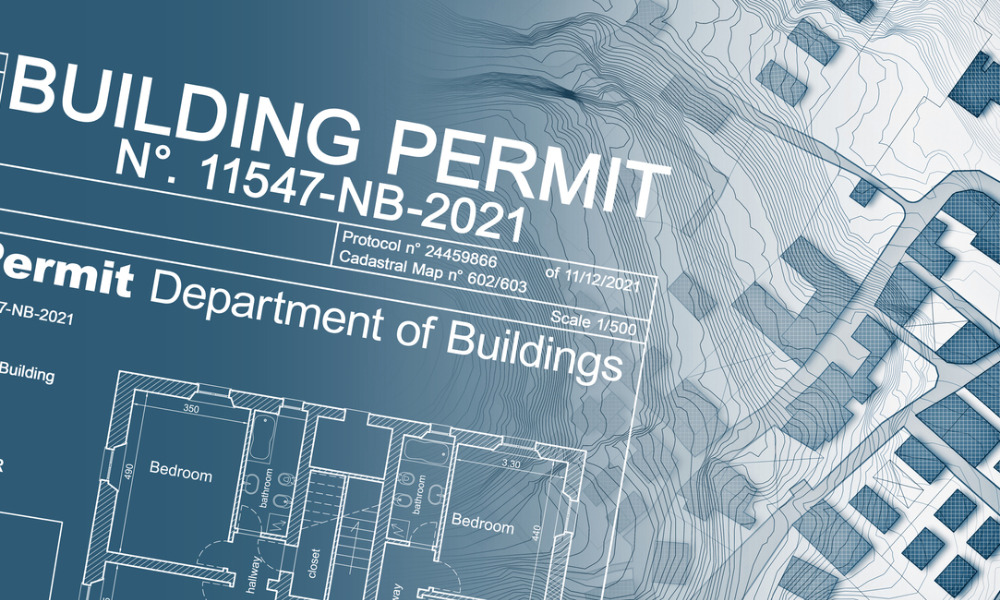Trend sees national rate hit a new high

Demand for office space in Toronto has proven particularly slow even for the standards of the languishing Canadian office market, according to new figures from CBRE.
Toronto’s downtown office vacancy rose from 15.8% in Q3 2023 to 17.4% in the fourth quarter, in defiance of the trends seen in other major markets like Vancouver, Calgary, Edmonton, Ottawa, and Halifax – all of which saw office vacancy improve during the period.
“This was largely due to new supply; the city saw 624,550 sq. ft. of new office space delivered in Q4 alone,” CBRE said. “The 1.1 million sq. ft. of new office space constructed in 2023 contributed to the most negative net absorption Toronto has seen in a year since 2020: -2.7 million sq. ft.”
“The office market continues to face challenges, but Toronto’s are particularly acute right now,” added CBRE Canada chairman Paul Morassutti. “Based on global trends, office utilization and demand are picking up. That is helping improve office fundamentals in most Canadian cities. Toronto will also benefit from the overall trends once new construction comes to an end since it is new supply that’s had the biggest impact on the city’s vacancy.”
While hybrid work gains ground, Canada's office market is far from fading. Companies are reimagining the office's purpose - Marie-France Benoit tells @CMPmagazine tech advances had begun to transform workplace culture well before COVID-19: https://t.co/LjNXwndkND #AYdifference
— Avison Young | Canada (@AY_Canada) October 18, 2023
CBRE said that the Toronto market’s poor performance pushed the national downtown office vacancy rate up to a record high of 19.4% in Q4.
“Excluding Toronto, national net absorption of office space would have been positive in Q4 as improving demand for quality product and slowing new construction helped office fundamentals to improve in most cities,” CBRE noted.
On the other hand, suburban office market activity surged during Q4, with eight cities registering marked drops in vacancy. The greatest improvements in occupancy were seen in Winnipeg (where vacancy declined by 110 bps), Edmonton (down by 90 bps), and Montreal (down by 70 bps), CBRE said.



